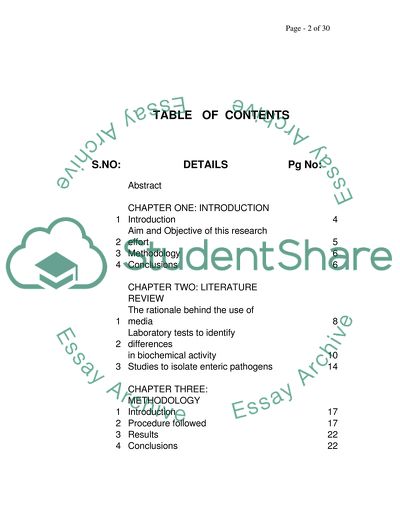Cite this document
(Enterobacteriaceae - Laboratory Tests to Identify Differences Research Paper, n.d.)
Enterobacteriaceae - Laboratory Tests to Identify Differences Research Paper. Retrieved from https://studentshare.org/health-sciences-medicine/1708224-new-selective-media-for-the-identification-of-enterobacteriaceae
Enterobacteriaceae - Laboratory Tests to Identify Differences Research Paper. Retrieved from https://studentshare.org/health-sciences-medicine/1708224-new-selective-media-for-the-identification-of-enterobacteriaceae
(Enterobacteriaceae - Laboratory Tests to Identify Differences Research Paper)
Enterobacteriaceae - Laboratory Tests to Identify Differences Research Paper. https://studentshare.org/health-sciences-medicine/1708224-new-selective-media-for-the-identification-of-enterobacteriaceae.
Enterobacteriaceae - Laboratory Tests to Identify Differences Research Paper. https://studentshare.org/health-sciences-medicine/1708224-new-selective-media-for-the-identification-of-enterobacteriaceae.
“Enterobacteriaceae - Laboratory Tests to Identify Differences Research Paper”, n.d. https://studentshare.org/health-sciences-medicine/1708224-new-selective-media-for-the-identification-of-enterobacteriaceae.


